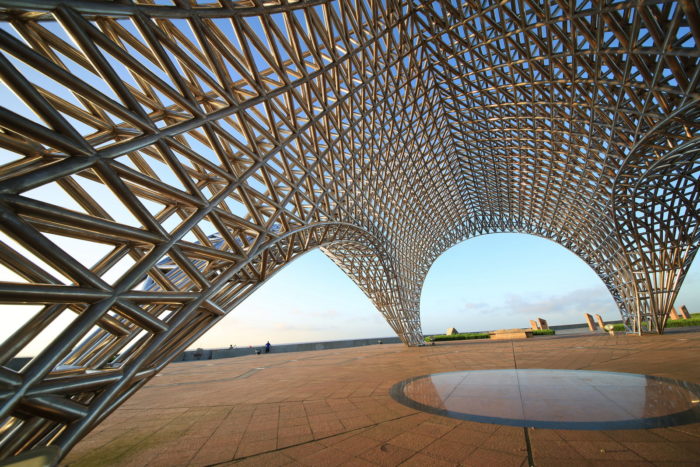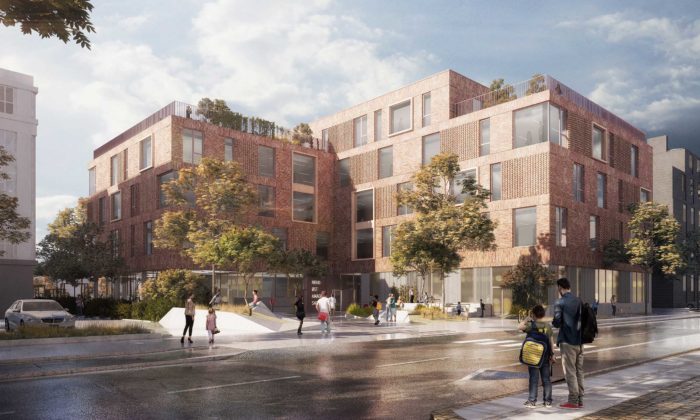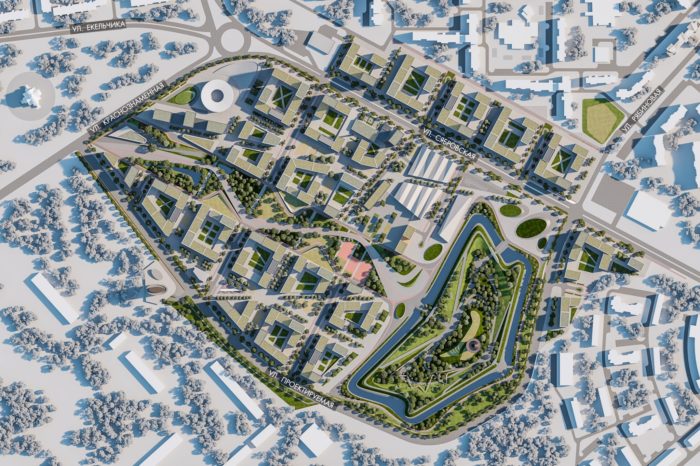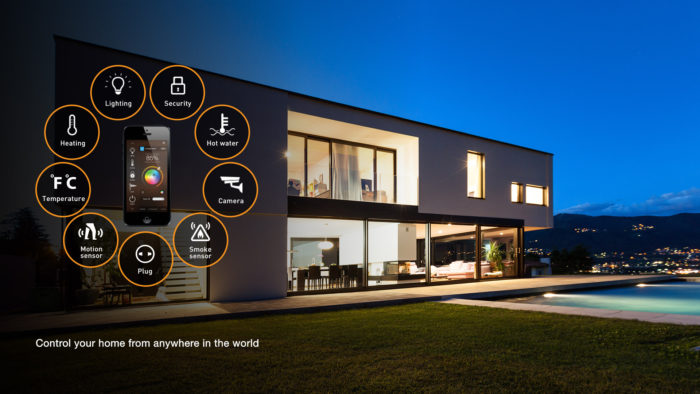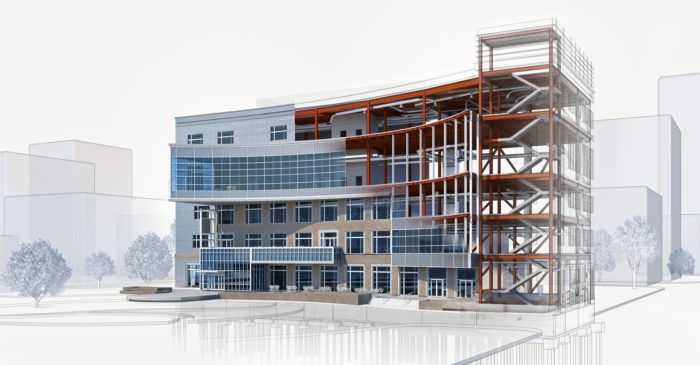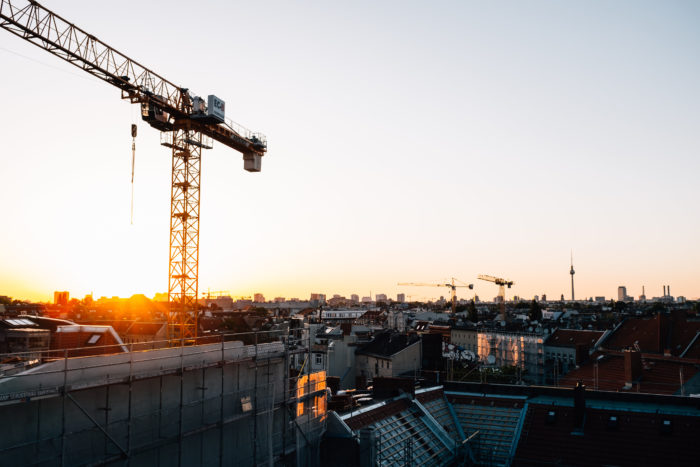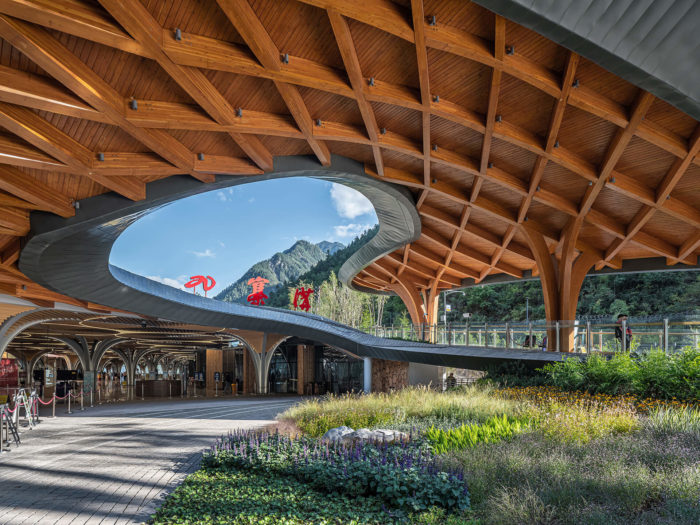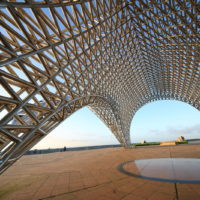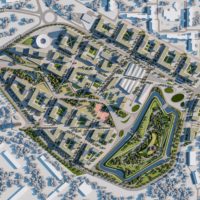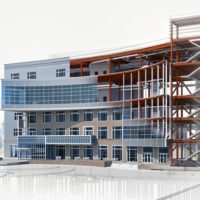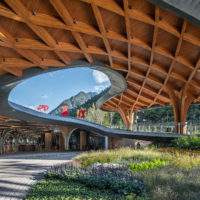We’ve been wondering if Artificial Intelligence (AI) is adequate for some time now. Is it true that increasing our reliance on cutting-edge technologies will lead to a brighter tomorrow? It’s no secret that AI is profoundly impacting fields as diverse as healthcare, transportation, and manufacturing. Now, how about AI in architecture? What are the differences we might see or maybe already witnessing?
AI in Architecture: The Impact of AI on Building Design
Computer-aided Design (CAD) software has come a long way in the last few decades, significantly reducing the effort and time required to bring building projects to life. Now that AI is part of the equation, architects can do more work than before. Here are ten ways AI will soon alter the practice of architecture:
1) Walk Clients Through a Structure Before It’s Built
Before beginning construction, architects typically visit with clients multiple times for several weeks, months, or even years to refine the concept for the project. In addition, architects must double-check the plan with zoning and construction regulations, ideally revised every three years. This takes up a considerable amount of effort during the design phase.
Artificial intelligence can reduce the time it takes to devise a plan to hours if not minutes. Soon, architects will be able to access a massive, frequently revised database of designs and codes. From there, design modifications can be automatically generated and presented to the customer in real-time.
Also Read: 9 Emerging Architectural Trends to Keep an Eye on in 2023
2) Creating Designs for Large Scale Structures
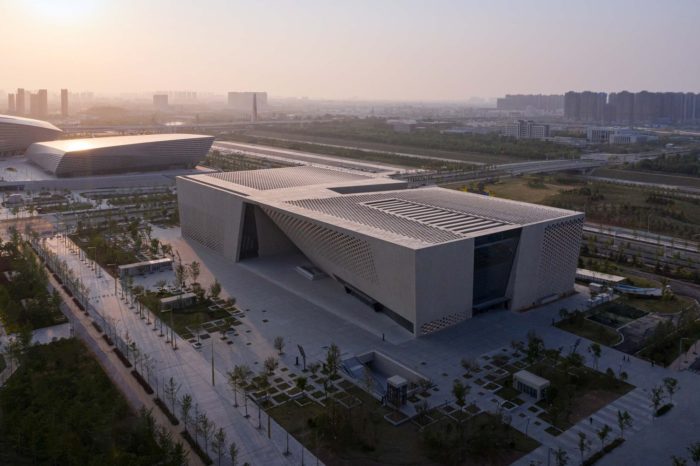
Zhengzhou Art Museum and Zhengzhou Archives / TJAD/Zeng Qun Architecture Design Studio. ©Shengliang Su
AI in architecture is opening up new ways to make structures more accommodating to individuals. AI can be used to design better public areas in large buildings like railway stations, airports, and museums.
The method is based on observing human activity and incorporating that data into the planning and construction of a massive building. When planning a museum’s layout, for instance, AI can help predict what visitors will come through the doors and how much room will be required to accommodate them. AI gains this understanding by analyzing the characteristics and populations of other large-scale structures with comparable layouts.
Also Read: How Will Urban Mobility Look Like in the Future?
3) In Urban Planning
AI will soon assist urban planners like it will assist architects and customers in creating architectural plans during the first meeting. Professionals can plan roads and city blocks quickly based on immediate modifications to essential data such as local codes, traffic patterns, etc.
Also Read: Urban Planning Software: 10 Best Urban Mapping Tools to Elevate Your Design’s Concept
4) AI for Making Homes
Everything in this ultra-modern age must be exquisitely crafted. Smart homes are necessary for today’s high-tech culture, just as smart cities are. The use of artificial intelligence in residential Design is no longer the primary concern of architects; instead, they must focus on providing clients with an experience worthy of their money.
5) Building Information Model (BIM)
Architects and other building industry professionals increasingly use Building Information Model (BIM), a program powered by artificial intelligence. Traditionally, architects have used CAD software to create 2D and 3D building plans. By using BIM, they can speed up the model-making process without sacrificing quality. BIM enables AI design to move beyond 3D models by providing them with geometry and their own data storage. As a result of these factors, architects can make more accurate predictions of the project’s scale as changes are made.
6) Laying the Foundation
Artificial intelligence (AI) streamlines the architect’s study process, saving them endless hours at the outset of a new project by performing a millisecond-fast analysis of accumulated data and suggesting models to base their creative architectural decisions on.
When constructing a house for a family, for example, it is possible to quickly create different layout options using artificial intelligence (AI) if all necessary information about the family’s needs is available.
7) Update the Construction Process
Despite employing about 7% of the world’s workforce, construction has historically been among the world’s least highly technological fields. AI has a long way to go before it can be fully implemented in the building industry, but if it does, it can cut construction costs by as much as 20%.
Construction sites can benefit from using autonomous or semi-autonomous equipment for drilling and site preparation and from using computers to analyze sites and spot possible danger signs, which can reduce the likelihood of accidents and the time they might take to resolve.
8) Optimize Building Maintenance
Artificial intelligence (AI)-powered energy control systems can learn residents’ habits to optimize comfort and efficiency. One such consumer favorite is the Nest thermostat. It uses adaptive learning to maintain an adequate and ideal indoor temperature and notifies its users if the temperature drops below or above a set point. In addition, sensors can feed data into AI devices, which can then evaluate it for any breaches or defects. They simplify monitoring the effectiveness and productivity of a structure.
9) Parametric Architecture
Unlike most building plans’ standard squares and rectangles, the parametric architecture uses computational methods to generate non-rectilinear forms. Parameters can be introduced into AI architecture through parametric Design, allowing for the creation of buildings that would otherwise be impossible to conceive. The results are not the result of deliberate planning but rather of algorithmic processes.
10) Smart Cities
With the advent of AI-powered smart communities, conventional building plans are being reevaluated. Intelligent architectures are responsive to their environment in real-time, much like biological systems. City planners need to take the environment into account when drawing up plans.
Smart cities can be guided by real-time data and input thanks to AI architecture. For instance, connectivity between structures, mobile devices, automobiles, and public spaces could lead to better everyday life.
AI In Architecture: In a Nutshell
Artificial intelligence has already been employed to keep tabs on how building workers, materials, and machinery are all moving and interacting with one another. It also warns building site managers of imminent threats to the workers’ well-being and efficiency.
Further, we learn that 3D printers may soon be able to construct entire homes and that robots and droids are being developed to carry out hazardous or monotonous tasks directly on construction sites. The groundbreaking achievement of ICON deserves special recognition, as they constructed the first approved 3D-printed home in the United States and also the first 3D-printed camping resort, “El Cosmico.”
It’s important to note that AI will not likely supplant humans in the workplace. As the pace of new development increases, so will the demand for skilled tradespeople and building workers.
- ©3D Wombat
- ©Vilhelm Lauritzen Architects, Nord Architects, Lasse Herbo Madsen
- Zhengzhou Art Museum and Zhengzhou Archives / TJAD/Zeng Qun Architecture Design Studio. ©Shengliang Su
- ©Varabyeu Design
- ©yesofcorsa.com
- ©CAD PRO
- ©Tomáš Hustoles
- ©MobileSyrup
- ©THAD
- ©Shutterstock/ By JoeZ


